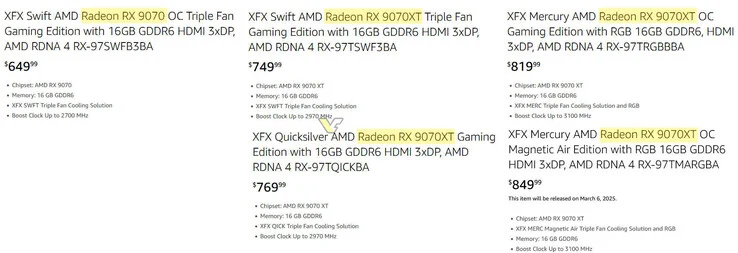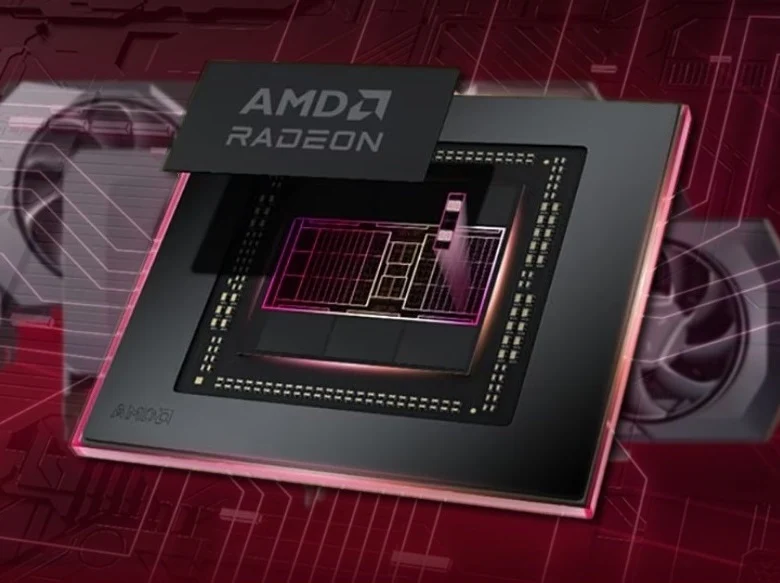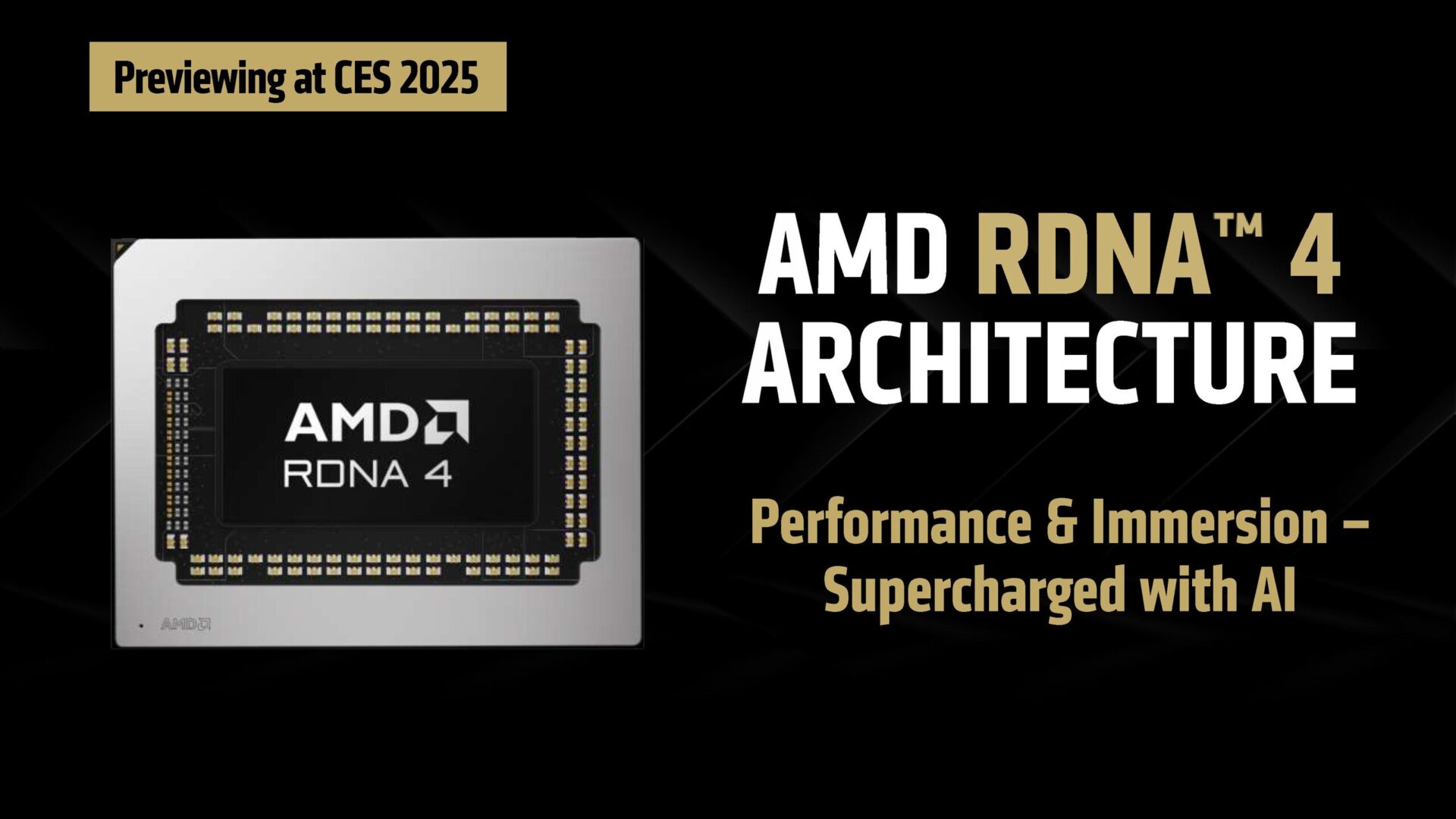Key Takeaways
1. AMD’s Radeon RX 9070 XT and RX 9070 graphics cards will be released on February 28, with sales starting on March 6.
2. Speculated prices for the RX 9070 series range from $500 to $849, but recent leaks suggest they may be higher than expected.
3. Custom graphics cards often sell for more than their MSRP, indicating that actual prices may exceed initial estimates for the RX 9070 series.
4. AMD has not confirmed the pricing yet, leaving gamers hopeful for potential adjustments to make the cards more competitive.
5. Concerns are growing that high prices could lead to the RX 9070 and RX 9070 XT being unsuccessful in the market.
There’s a lot of excitement surrounding AMD’s new Radeon RX 9070 XT and RX 9070 graphics cards. The release date for the RX 9000 series has been set for February 28, with sales expected to begin in March, specifically on March 6. Lately, Nvidia has dominated the GPU news, showing a mix of positive aspects like good performance and negative ones, including price hikes and melting connectors. Those looking for mid-range graphics cards have been anticipating this moment, as the RX 9070 XT and RX 9070 are expected to compete with the GeForce RTX 5070 and RTX 5070 Ti. However, the anticipated prices for these AMD cards might end up being higher than what many had hoped for.
Speculation on Pricing
Last week, we discussed leaks about the RX 9070 XT and RX 9070, which suggested that these cards might be available at reasonable prices: around $500 for the Radeon RX 9070 and between $600 and $650 for the RX 9070 XT. However, recent price leaks from sources like @momomo_us, @GawroskiT, and VideoCardz indicate that AMD fans might be in for a surprise. The RX 9000 series graphics cards from XFX are reportedly priced from $649 to as high as $849. Moreover, placeholder prices for the Acer Predator BiFrost RX 9070 XT OC with 16 GB show tags of €1079.90 (approximately $1,133) and €1,106.53 ($1,161). It’s important to note that these European prices don’t necessarily reflect what US customers will pay, as high VAT in Europe can inflate costs.
Price Comparisons and Expectations
It’s clear that custom graphics cards often come with a heftier price tag than the manufacturer’s suggested retail price (MSRP). For example, the XFX Speedster Merc 310 AMD Radeon RX 7900 XTX with 24 GB was listed at $1,099.99, while the RX 7900 XTX had an MSRP of $999. This suggests that if the rumored pricing for something like the $849 XFX Mercury AMD Radeon RX 9070 XT OC Magnetic Air Edition holds true, then the actual MSRP for the RX 9070 XT could be closer to $750 instead of the earlier estimates of $600-$650.
Hope for Gamers
Gamers still have a glimmer of hope, whether these prices turn out to be genuine or not. If the prices are inaccurate, users will need to wait for AMD to confirm the real MSRPs. AMD’s Frank Azor previously mentioned that a starting price of “$899 USD was never part of the plan.” On the other hand, if the prices are confirmed, we might see a reduction soon to make them more appealing compared to the RTX 5070 cards. However, right now, many are expressing concerns that such pricing could render the Radeon RX 9070 and RX 9070 XT “dead on arrival” (DOA).
Source:
Link








